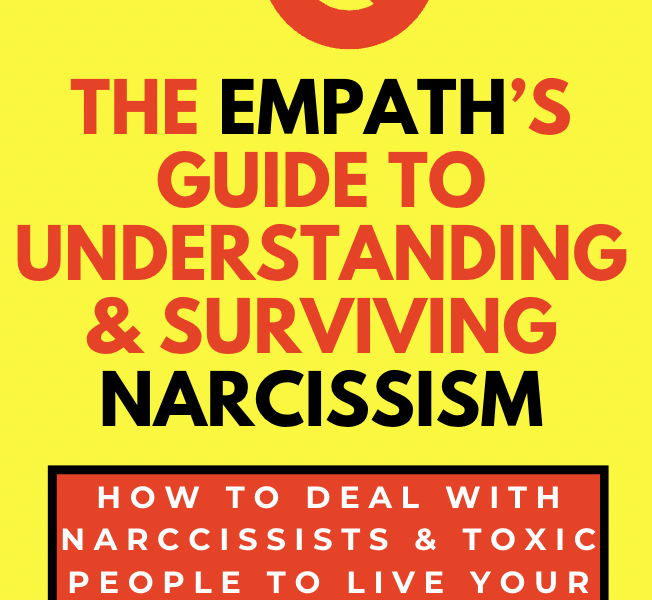After the COVID-19 pandemic, the healthcare industry underwent a tech transformation, so companies had no choice but to adapt rapidly or fall behind. Over the years, technology has considerably changed how businesses operate, so it’s not surprising that it’s also changing healthcare. According to the HMMS report regarding the industry’s future, 80% of healthcare professionals are willing to invest in digital solutions in the following five years. This makes so much sense, considering what tech can do for the healthcare sector. Here are the greatest technologies that are revolutionizing the industry.
Table of Contents
Artificial intelligence
AI has played a crucial role in fighting against COVID-19. It helped analyze crowd temperature data, identify who may be symptomatic, and even detect if individuals were using masks in mandatory areas. The quick development of vaccines was due to advanced AI technology, as machine learning allowed researchers to identify protein fragments more rapidly than ever before. Moreover, with AI, medical professionals could provide more effective treatments for patients who contracted the virus. But besides helping combat the effects of the pandemic, this tech innovation also makes a considerable difference in the development of pharmaceutical drugs.
Moreover, it improves cancer diagnostics, processing WSI(Whole-Slide Imaging) via computer vision, highlighting where cancer cells may locate. As a result, the time for diagnostics is considerably reduced. AI also improves the mental health sector, revealing symptoms of mental disorders caused by changes in the brain’s chemical structure. This allows physicians to create customized treatment plans. At the same time, AI can help medical professionals identify early signs of dementia, which is very effective in treating the disease and sometimes even reversing the factors leading to the symptoms.
VR and AR
Nearly 90% of companies with yearly revenue of $100 million- $1 billion use augmented or virtual reality technology. While VR creates a fantastic fictional reality, AR can also enhance the real world. While these two technologies are commonly used in gaming, more industries are now adopting them, including healthcare. Unfortunately, the healthcare sector is far from flawless, and sometimes, doctors make mistakes that can put patients’ lives at risk. Whether misdiagnosis, prescription errors or surgical errors, medical negligence happens when patients suffer harm because medical professionals fail to comply with good standards of care. According to Medical Negligence Claims Care, this can lead to numerous long-lasting consequences, which can sometimes be deadly. Technological advancements like VR and AR can reduce errors by simulating surgeries.
Moreover, they improve medical treatments and help patients with developmental disorders. But their applications also benefit patients dealing with anxiety and phobias, allowing healthcare professionals to simulate scenarios that trigger people’s fears, like the fear of insects or social anxiety. This is called immersive therapy and is highly efficient, reducing phobias by 68%, as an Oxford VR report shows.
Telemedicine
Telemedicine has evolved considerably since the pandemic’s beginning, and this will likely continue beyond 2022. In fact, it is estimated that by 2026, virtual care will grow to $185.6 billion. Patients have a strong appetite for digital health, especially younger people who are strongly inclined toward virtual healthcare visits. While remote care is expected to take over traditional in-person visits, that can only happen if providers are HIPAA compliant. They must ensure the applications used to communicate with patients can handle private health information safely. While storing data in cloud storage services is generally secure, it doesn’t necessarily ensure compliance with government regulations. However, this is crucial in maintaining the efficiency and functionality of healthcare operations that rely on electronic health records. Telemedicine can benefit patients by decreasing costs in terms of the services provided and the commuting costs involved in going to the doctor. It facilitates access to healthcare, allowing patients to benefit from personalised treatment specifically tailored to their needs.
IoT
IoT technologies have become significantly popular and are also used in the healthcare sector, offering benefits that can’t be ignored. Wearables, for instance, are among the greatest innovations in the healthcare sector, making it possible to monitor a patient’s status remotely and even allowing patients to do that themselves. Consumer smartwatches are increasingly popular, having notable applications in healthcare. A smartwatch can monitor a person’s heart rate, as well as blood oxygen saturation. Low blood oxygen saturation is a life-threatening condition, and detecting it can be quite hard without using specialised sensors. Fortunately, it is possible to do that with smartwatches, which shows that technology can save people’s lives. Besides smartwatches, there are other wearables with significant implications in the healthcare industry, such as smart hearing aids and bio patches. For instance, bio patches are also useful in monitoring a person’s vitals. Smart pills are a profound application of IoT healthcare. They aren’t only used as pharmaceuticals but can also provide valuable information about patients to healthcare professionals.
Organ Care Technology
The transplantation market is predicted to grow to $26.5 billion by 2028, with organ transplants representing a critical part of the healthcare sector. Many patients need a heart transplant, and improving organ care technology is a crucial step in helping those suffering from heart disease. This involves taking proper care of an organ like the liver, lung, or heart outside the body by providing it with essential nutrients. In the future, this technology may rely on AI to eliminate doctors’ intervention in preserving the organ. Moreover, machine learning may also play a role in determining whether a preserved organ can be used for transplantation, and the faster this happens, the better it is, as it could save patients’ lives more quickly. Even more impressive than keeping an organ alive outside the body is bioprinting. It probably sounds like science fiction, but 3D-printed organs are real. This developing technology exists in clinical testing and includes organs like ears, skin, bones, and corneas. The process is similar to traditional 3D printing; the first step is creating a virtual tissue model and then using simulation to check the organ’s functionality. It’s imperative to pay attention to the matrix structure because the printing process uses living cells known as bionik. While bioprinting has yet to become popular, AI will likely change that in the future, and organs will be engineered better to be compatible with their hosts.
Last words
Technology changes the healthcare sector dramatically through innovations like AI, VR, and wearables. In the future, the industry will likely advance even more, improving the quality of patients’ care.


